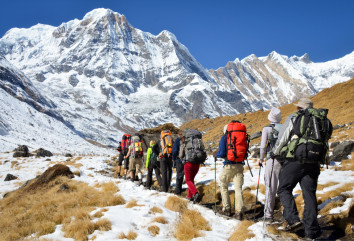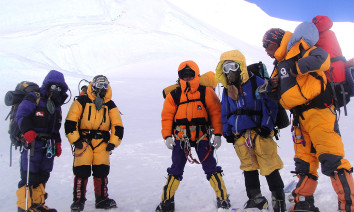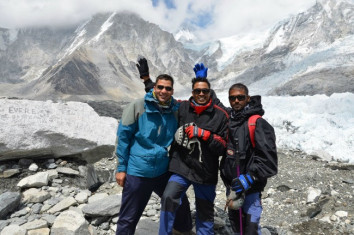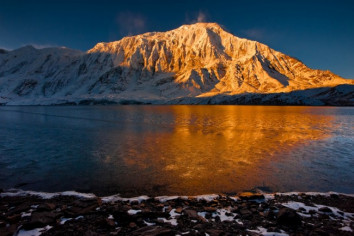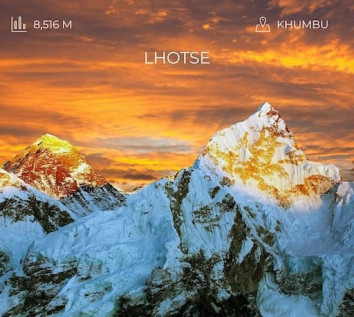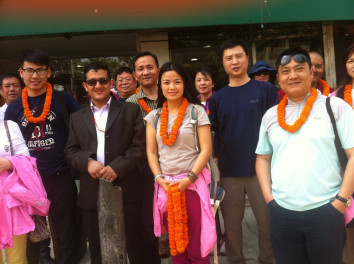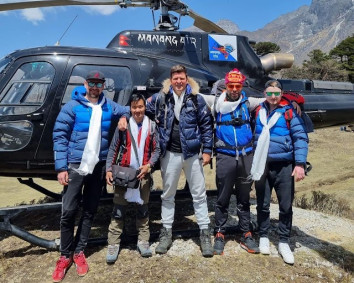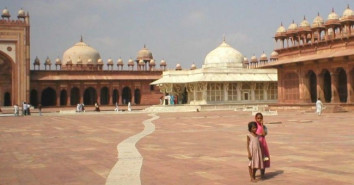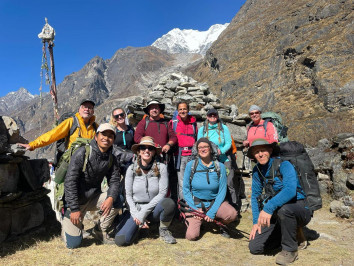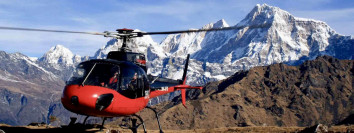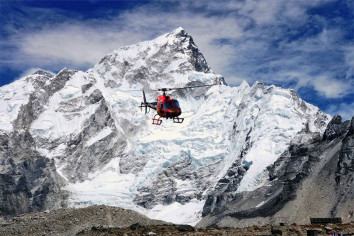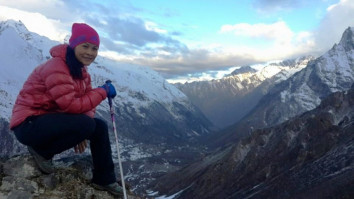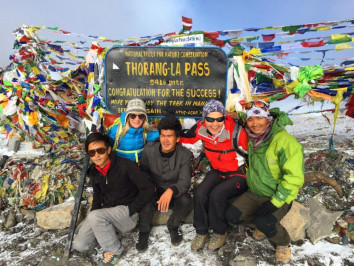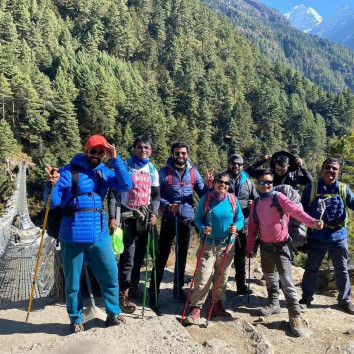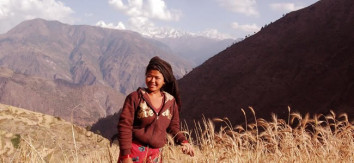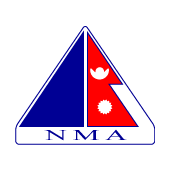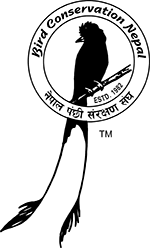17th Jul, 2023
Ethnic Diversity: Indigenous Cultures of Nepal
Introduction:
Nepal is a land of rich ethnic diversity, home to numerous indigenous communities that contribute to the country's vibrant cultural tapestry. Each ethnic group has its distinct traditions, languages, costumes, and rituals, offering a fascinating glimpse into Nepal's diverse heritage. In this blog post, we will explore five ethnic villages in Nepal that provide an immersive experience into the indigenous cultures of this remarkable country.
Table of Contents
1. Tharu Village:
Located mainly in the Terai region of Nepal, the Tharu community has a unique cultural identity. Visit a Tharu village, such as Sauraha in Chitwan, to witness their traditional mud-and-thatch houses, intricately woven baskets, and vibrant festivals. Engage with the Tharu people, try their traditional cuisine, and experience their captivating dances like the stick dance and peacock dance.

2. Gurung Village:
The Gurung community, renowned for their bravery and rich cultural heritage, primarily resides in the Annapurna and Manaslu regions of Nepal. Head to a Gurung village like Ghandruk or Sikles, where you can admire their distinctive clothing adorned with colorful embroidery and explore their traditional stone houses. Immerse yourself in Gurung hospitality and learn about their unique customs, music, and folklore.

3. Tamang Village:
The Tamang community, residing mainly in the hills and valleys of the central and eastern regions, has a rich cultural heritage rooted in Tibetan Buddhist traditions. Visit a Tamang village like Gatlang or Langtang to witness their ornate monasteries, prayer flags fluttering in the wind, and vibrant festivals like Lhosar. Engage in a homestay experience, savor traditional Tamang cuisine, and learn about their intricate handicrafts.
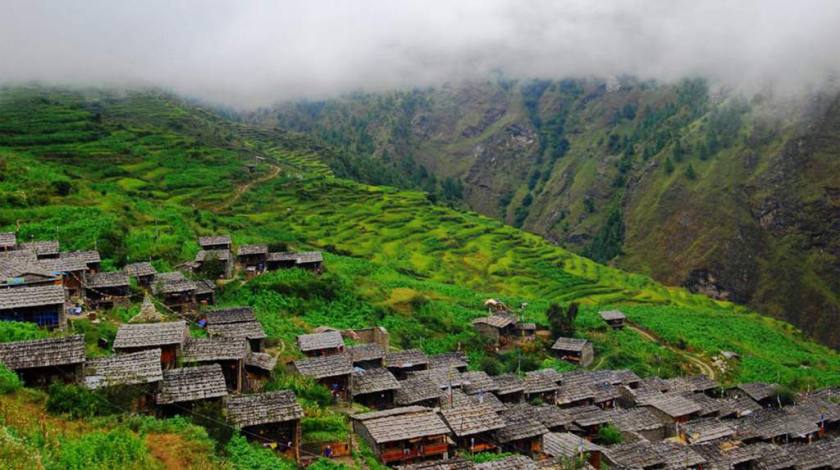
4. Newar Village:
The Newar community, concentrated in the Kathmandu Valley, has a rich history and an artistic legacy that spans centuries. Explore a Newar village like Bhaktapur or Panauti to admire their beautifully carved wooden architecture, intricately designed temples, and vibrant festivals like Bisket Jatra and Indra Jatra. Delve into Newar cuisine, witness their traditional dances, and explore their unique craftsmanship, including metalwork and pottery.

5. Sherpa Village:
The Sherpa community, renowned for their mountaineering prowess, resides primarily in the Everest region of Nepal. Visit a Sherpa village like Namche Bazaar or Khumjung to experience their warm hospitality, explore their traditional homes adorned with prayer flags, and learn about their Buddhist practices. Engage in Sherpa cultural dances, taste their hearty cuisine, and discover their intricate weaving and embroidery traditions.

FAQs
1. What are ethnic villages in Nepal?
Ethnic villages in Nepal are settlements where specific indigenous communities reside, each with its unique culture, traditions, and way of life. These villages offer opportunities to learn about and experience the distinct ethnicities of Nepal.
2. Can I stay overnight in ethnic villages?
Yes, many ethnic villages offer homestay accommodations, allowing visitors to experience the local culture firsthand. Homestays provide an opportunity to interact with the villagers, partake in traditional activities, and enjoy authentic local cuisine.
3. Are there specific etiquettes or customs I should follow while visiting ethnic villages?
It is important to respect the local customs and traditions. Dress modestly, ask for permission before taking photographs, and follow any guidelines provided by the village community or your hosts. It is also customary to remove footwear before entering homes or sacred areas.
4. Can I participate in cultural activities or festivals in the ethnic villages?
Yes, in many cases, visitors are welcomed to participate in cultural activities and festivals. The villagers often organize demonstrations of traditional dances, music, crafts, and rituals, offering visitors an immersive experience.
5. Are there any specific handicrafts or products that I can purchase from these villages?
Each ethnic village has its unique handicrafts and products that reflect their traditional skills and artistry. These can include textiles, pottery, woodwork, jewelry, and more. Purchasing these items directly supports the local artisans and helps preserve their cultural heritage.
Conclusion
In conclusion, Nepal's ethnic diversity and indigenous cultures are a testament to the country's vibrant heritage. Visiting ethnic villages such as Tharu, Gurung, Tamang, Newar, and Sherpa provides a remarkable opportunity to immerse yourself in the rich tapestry of Nepal's diverse communities. Each village offers a unique glimpse into the customs, traditions, architecture, cuisine, and festivals that shape the cultural identity of its people. Exploring these ethnic villages allows you to engage with the local communities, learn about their histories, and witness their daily lives. From the intricately woven baskets of the Tharu to the ornate monasteries of the Tamang and the beautifully carved temples of the Newars, every village has its distinct charms and cultural treasures to offer. By visiting these villages, you not only gain a deeper understanding of Nepal's ethnic diversity but also contribute to the preservation of these indigenous cultures. Interacting with the locals, supporting local artisans, and participating in community activities provide meaningful experiences that foster cultural exchange and appreciation. Nepal's ethnic villages are not merely tourist destinations; they are living representations of the country's rich heritage and the resilience of its diverse communities. They offer an opportunity to celebrate the beauty of diversity and recognize the contributions of these indigenous cultures to Nepal's cultural fabric. So, embark on a journey to explore these ethnic villages, listen to stories passed down through generations, savor traditional delicacies, witness colorful festivals, and appreciate the craftsmanship that has shaped these communities. Let the warmth and hospitality of the locals envelop you as you delve into the tapestry of ethnic diversity that makes Nepal an extraordinary destination.
Recent Posts
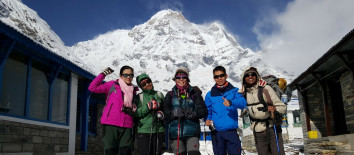
23rd Jan, 2017
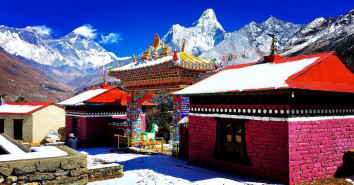
12th Jan, 2014
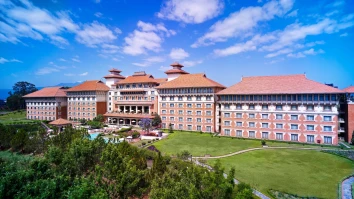
24th Apr, 2017
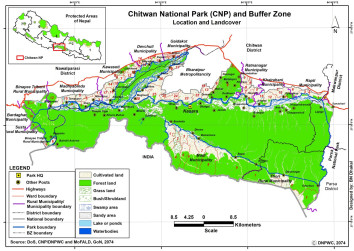
3rd Apr, 2014

3rd Jun, 2017
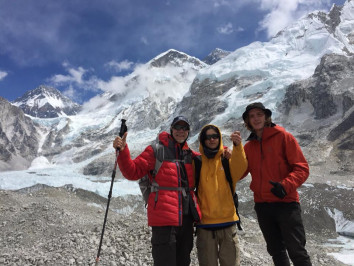
20th Jan, 2017
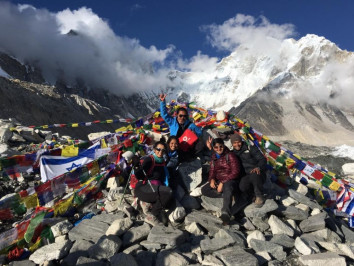
16th Jan, 2017
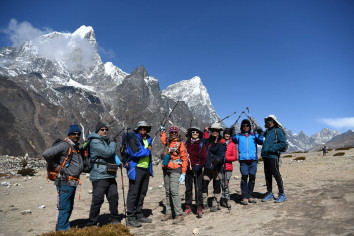
12th Jul, 2015

9th Apr, 2019
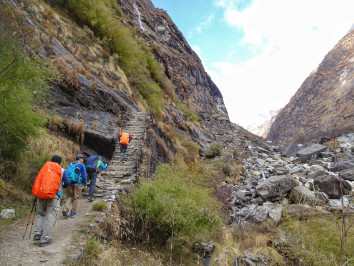
9th Jan, 2014
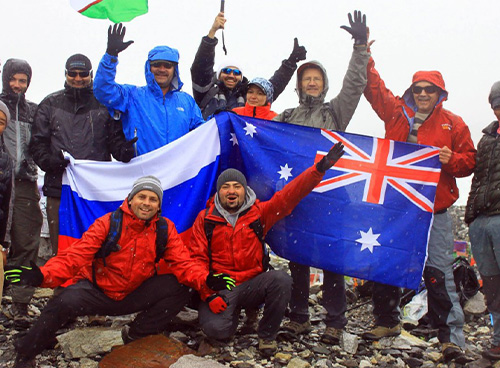
4th Apr, 2019

2nd Jan, 2014

2nd Apr, 2019

2nd Jan, 2014
-1.jpg)
30th Jan, 2017
-1.jpg)
4th Oct, 2018

16th Oct, 2018
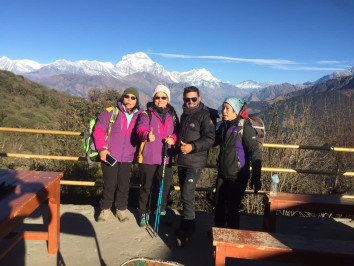
9th Oct, 2018
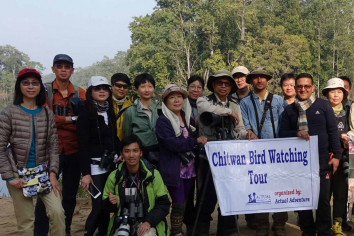
24th Jan, 2016
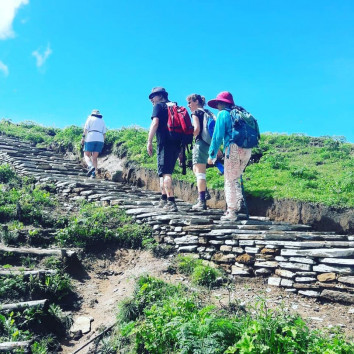
4th Oct, 2018
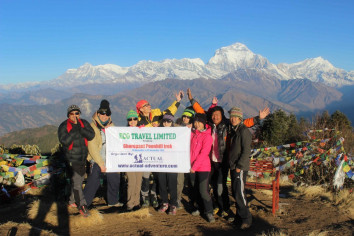
24th Aug, 2022

8th Sep, 2022
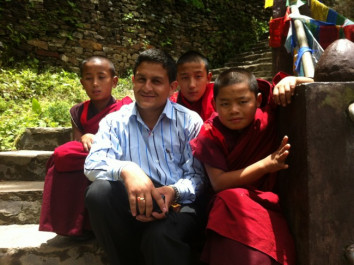
15th Sep, 2022
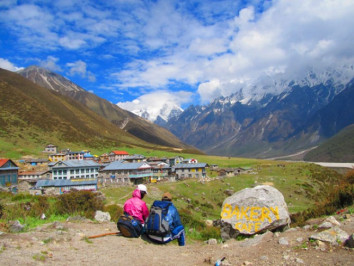
3rd Mar, 2023
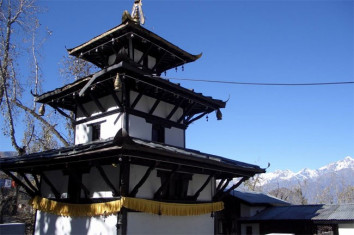
7th Mar, 2023
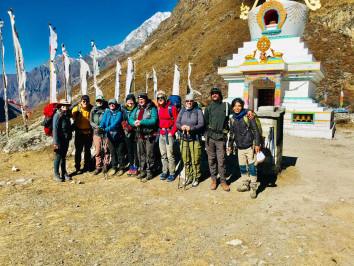
27th Mar, 2023

5th Apr, 2023

12th Apr, 2023
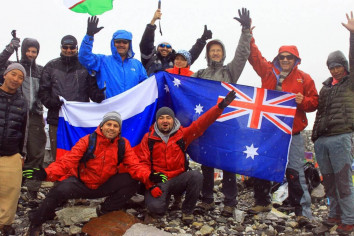
21st Apr, 2023
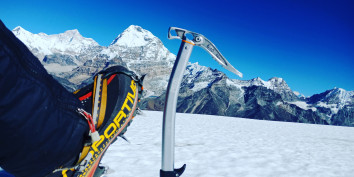
24th Apr, 2023
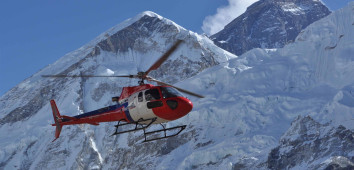
27th Apr, 2023
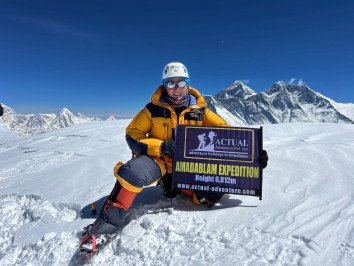
1st May, 2023
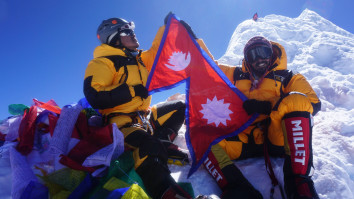
1st May, 2023

3rd May, 2023
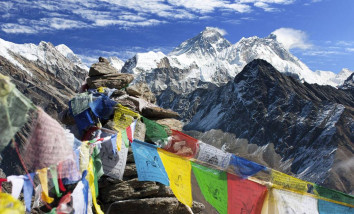
18th May, 2023

19th May, 2023
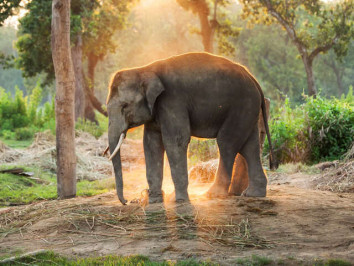
16th Jul, 2023

16th Jul, 2023
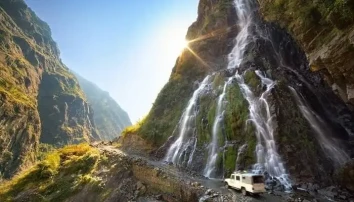
16th Jul, 2023
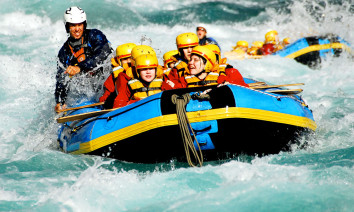
16th Jul, 2023
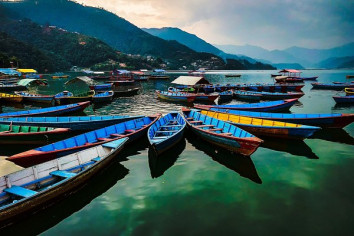
17th Jul, 2023

17th Jul, 2023

17th Jul, 2023
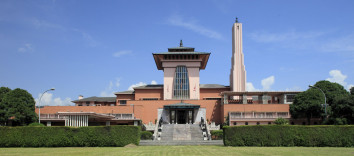
17th Jul, 2023

17th Jul, 2023
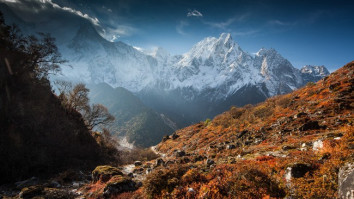
17th Jul, 2023

17th Jul, 2023

20th Jul, 2023
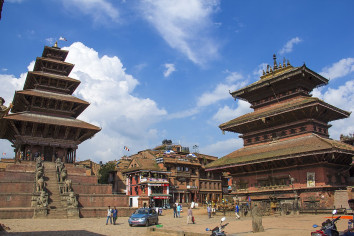
21st Jul, 2023

27th Jul, 2023
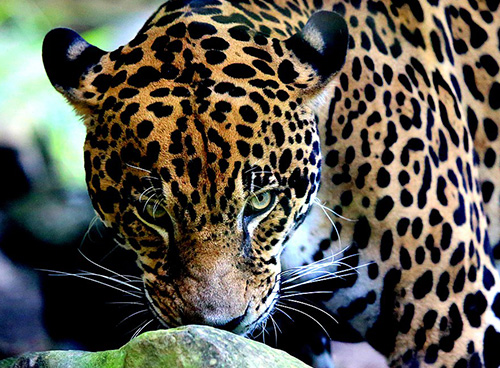
30th Jul, 2023
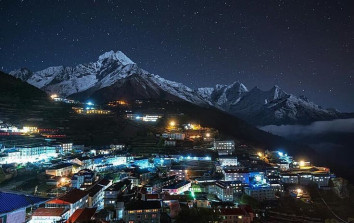
30th Jul, 2023
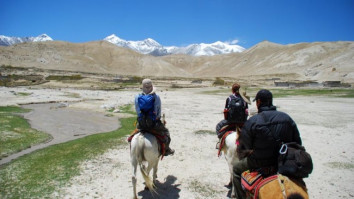
21st Aug, 2023

22nd Aug, 2023
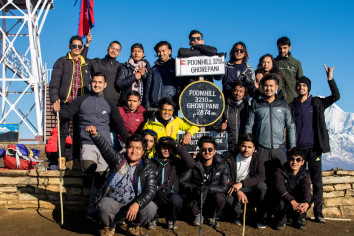
28th Aug, 2023
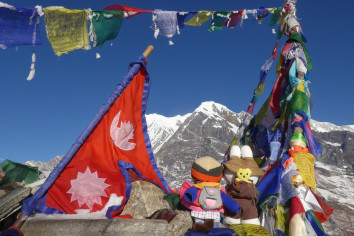
6th Oct, 2023

5th Nov, 2023

7th Nov, 2023

19th Nov, 2023
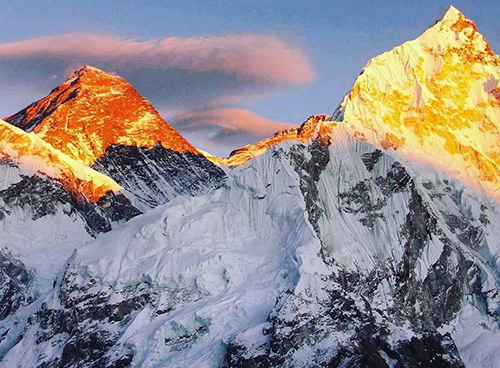
25th Nov, 2023

1st Dec, 2023
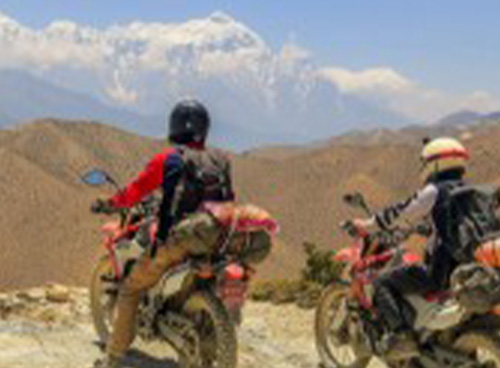
3rd Dec, 2023

13th Dec, 2023
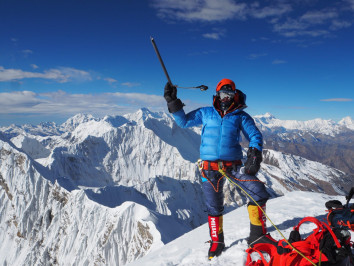
13th Dec, 2023

13th Dec, 2023

21st Dec, 2023
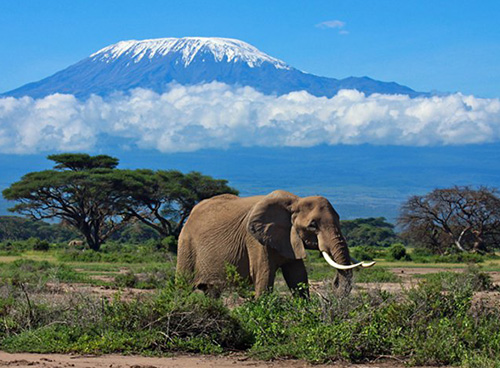
21st Dec, 2023
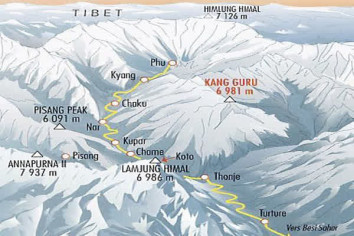
23rd Dec, 2023
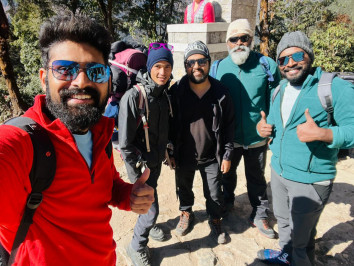
25th Dec, 2023

25th Dec, 2023

31st Dec, 2023
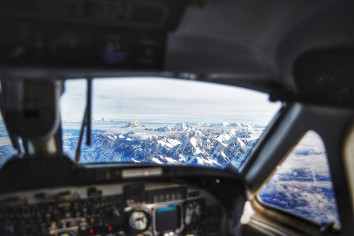
31st Dec, 2023
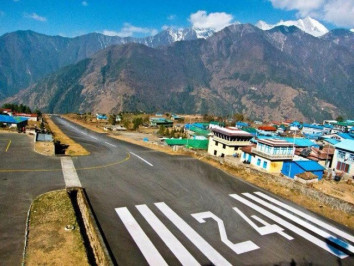
31st Dec, 2023
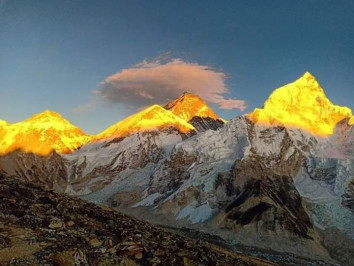
1st Jan, 2024
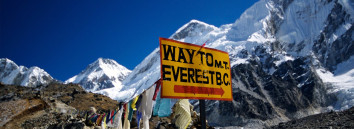
2nd Jan, 2024

2nd Jan, 2024
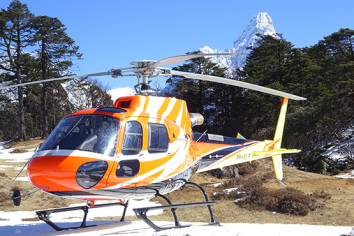
2nd Jan, 2024
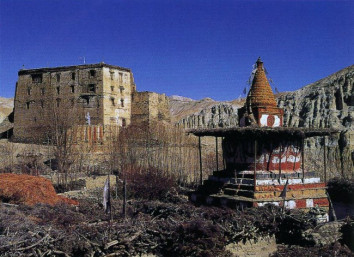
3rd Jan, 2024
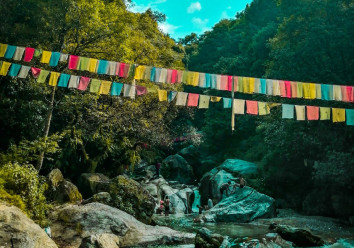
4th Jan, 2024

4th Jan, 2024
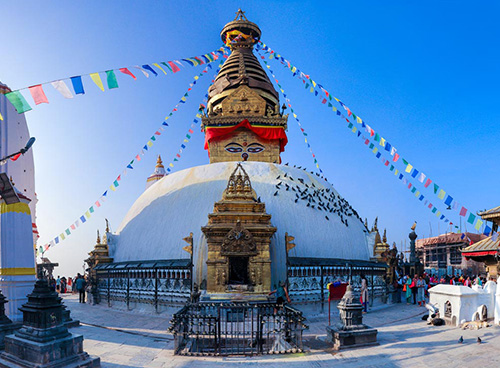
4th Jan, 2024
.jpg)
4th Jan, 2024

4th Jan, 2024
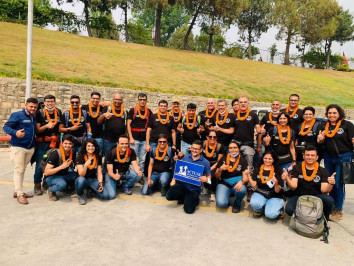
4th Jan, 2024

5th Jan, 2024
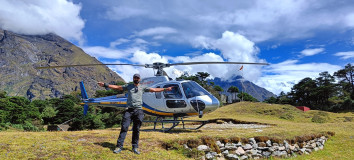
6th Jan, 2024
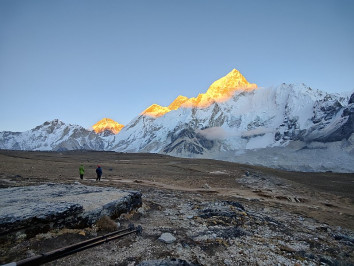
6th Jan, 2024
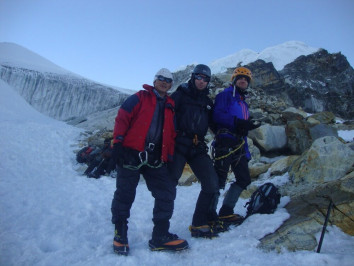
9th Jan, 2024
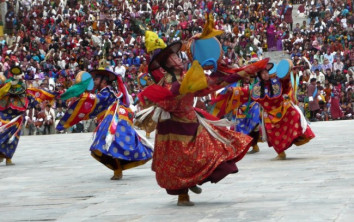
10th Jan, 2024

10th Jan, 2024

10th Jan, 2024
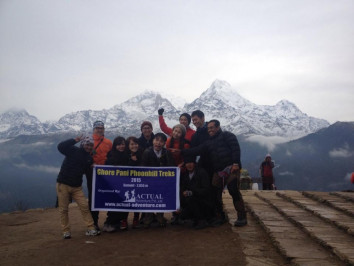
10th Jan, 2024
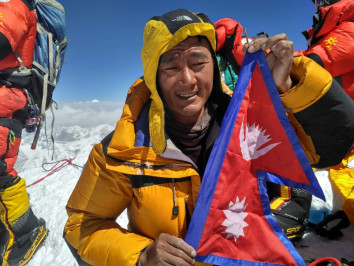
11th Jan, 2024
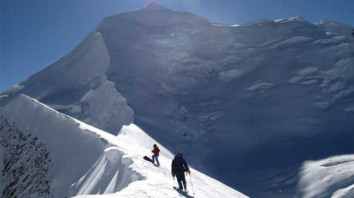
11th Jan, 2024

12th Jan, 2024

12th Jan, 2024
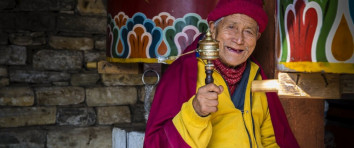
13th Jan, 2024
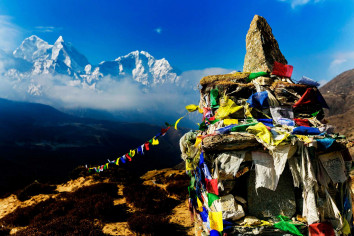
14th Jan, 2024
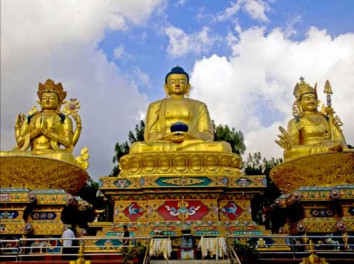
14th Jan, 2024

15th Jan, 2024
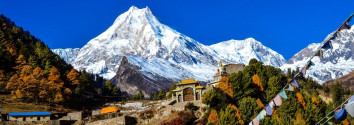
15th Jan, 2024
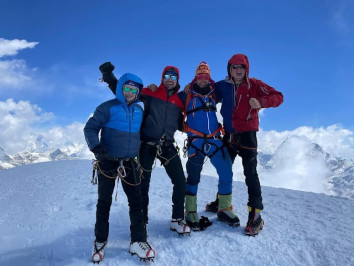
15th Jan, 2024
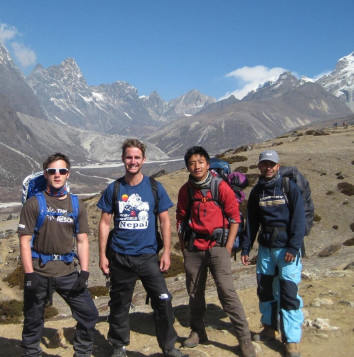
16th Jan, 2024
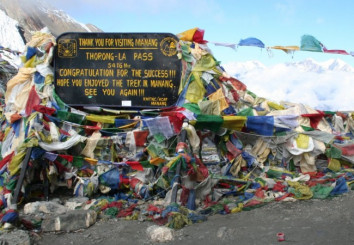
16th Jan, 2024
.jpg)
16th Jan, 2024

16th Jan, 2024
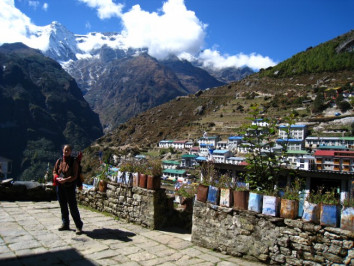
18th Jan, 2024
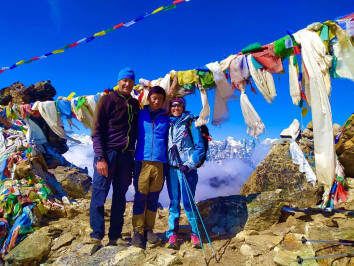
24th Jan, 2024
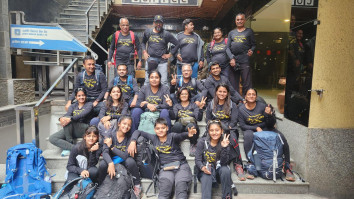
26th Jan, 2024
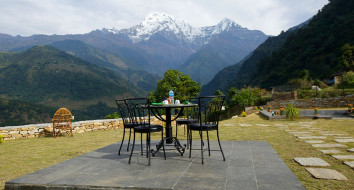
28th Jan, 2024
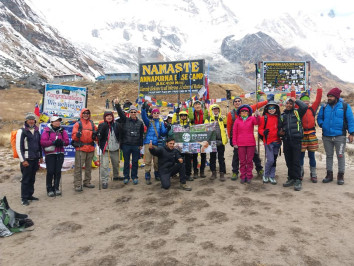
28th Jan, 2024
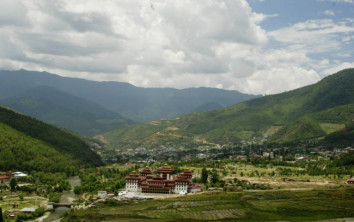
30th Jan, 2024
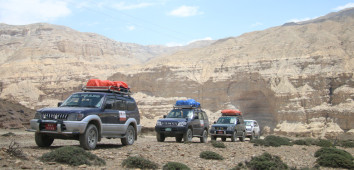
30th Jan, 2024
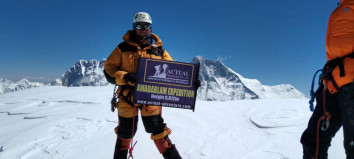
2nd Feb, 2024

2nd Feb, 2024

2nd Feb, 2024
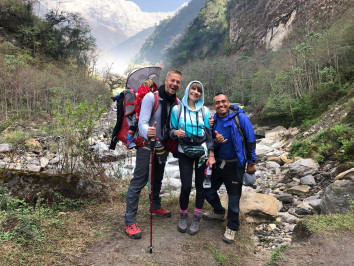
3rd Feb, 2024
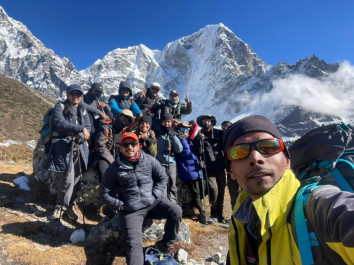
4th Feb, 2024

8th Feb, 2024
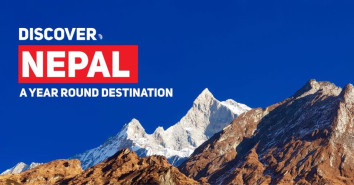
9th Feb, 2024

10th Feb, 2024
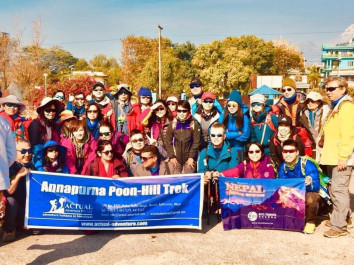
10th Feb, 2024

11th Feb, 2024

12th Feb, 2024

12th Feb, 2024
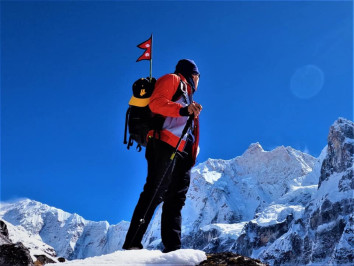
13th Feb, 2024
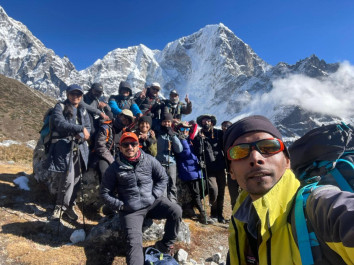
13th Feb, 2024
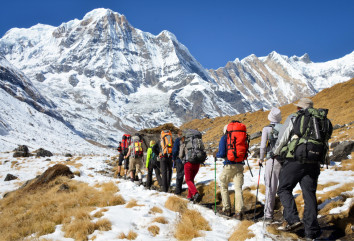
16th Feb, 2024
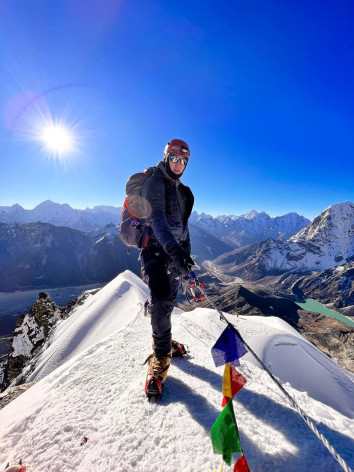
18th Feb, 2024

20th Feb, 2024
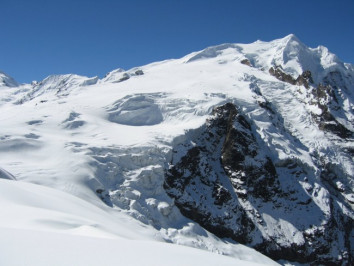
21st Feb, 2024
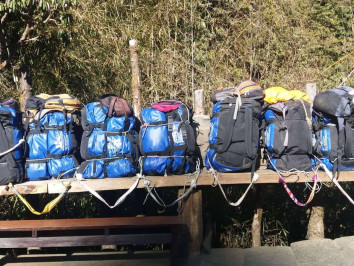
21st Feb, 2024

27th Feb, 2024
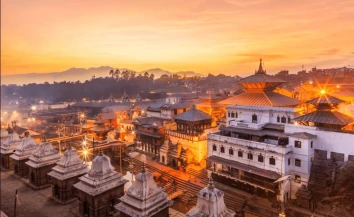
3rd Mar, 2024
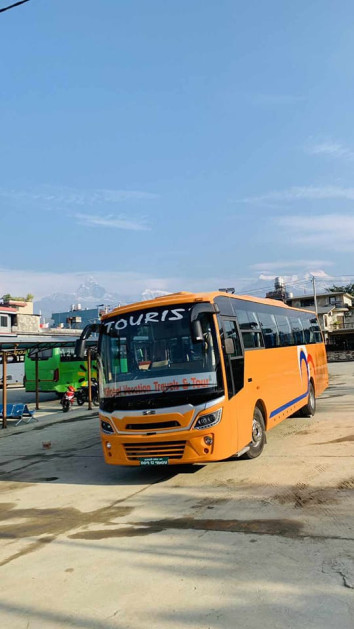
3rd Mar, 2024
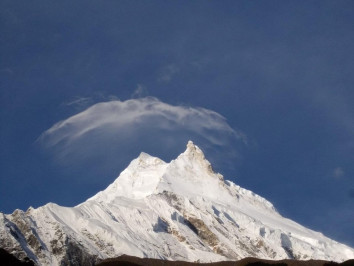
4th Mar, 2024
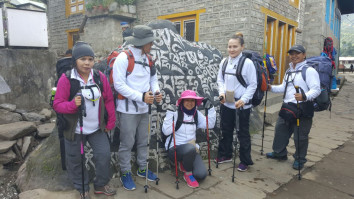
5th Mar, 2024
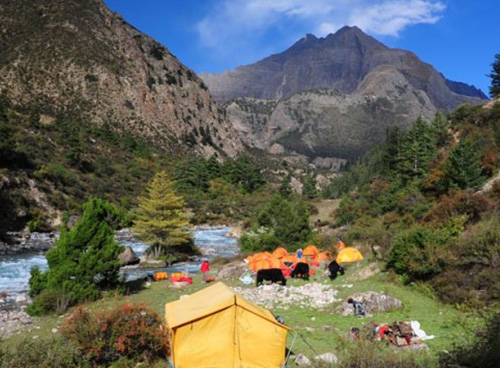
5th Mar, 2024

10th Mar, 2024

10th Mar, 2024

10th Mar, 2024
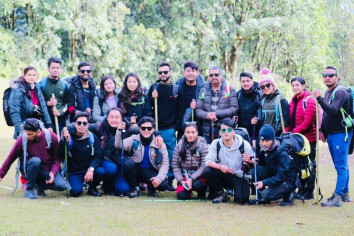
11th Mar, 2024

13th Mar, 2024

13th Mar, 2024
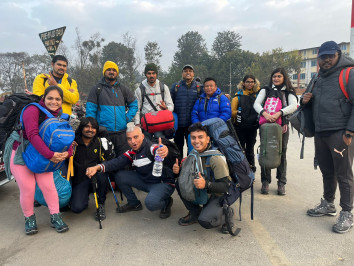
19th Mar, 2024
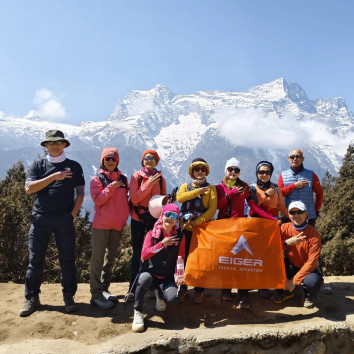
22nd Mar, 2024

26th Mar, 2024
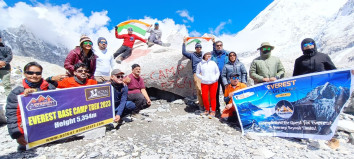
27th Mar, 2024

27th Mar, 2024
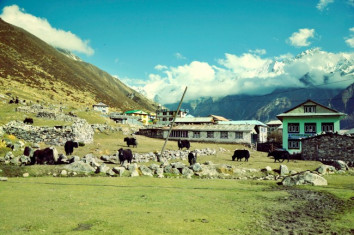
27th Mar, 2024
-1624864292-1.jpg)
28th Mar, 2024
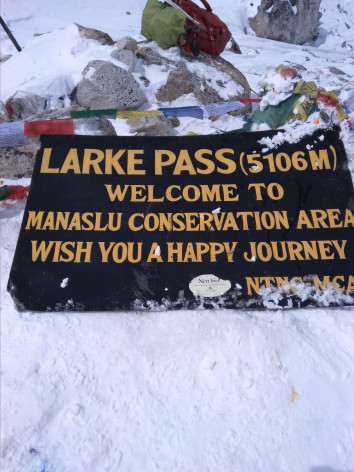
2nd Apr, 2024

2nd Apr, 2024

4th Apr, 2024
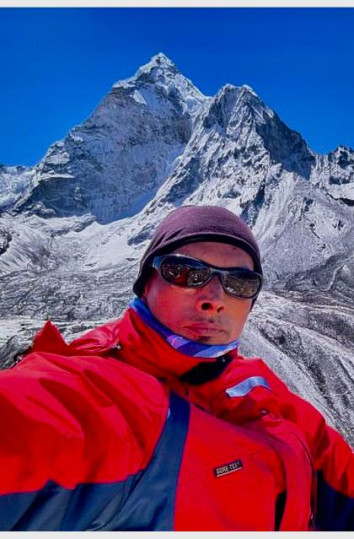
12th Apr, 2024
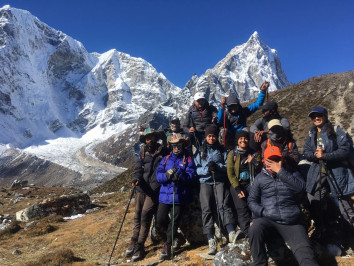



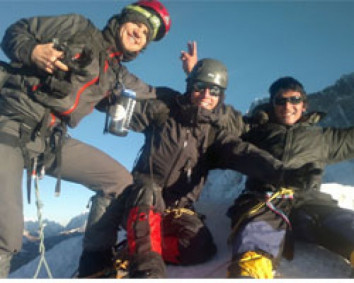
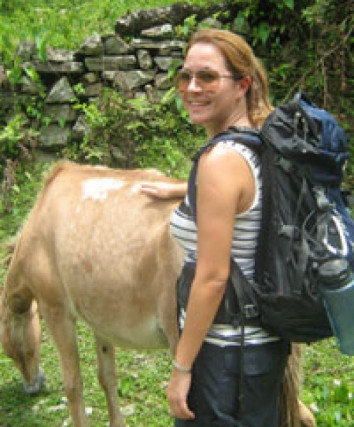
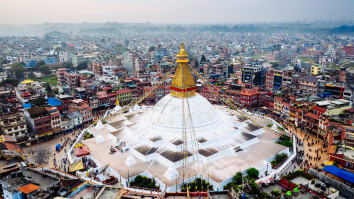

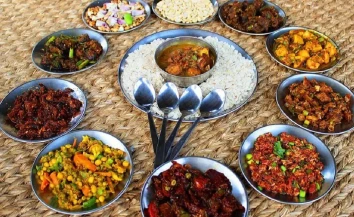
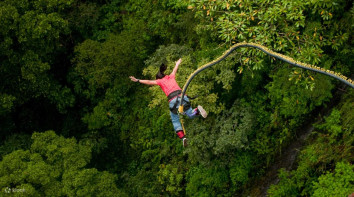
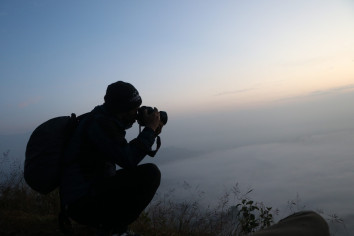
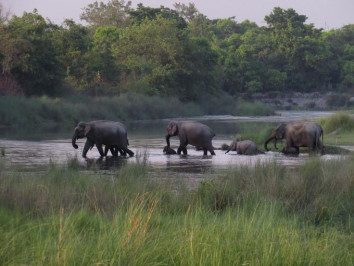
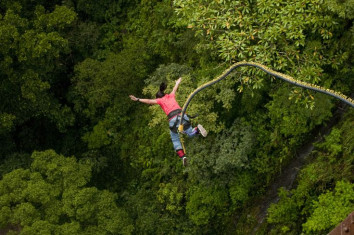
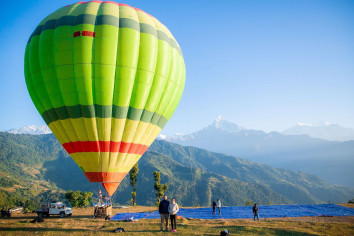


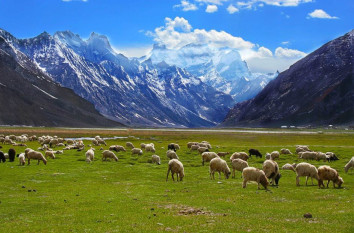




.jpg)

